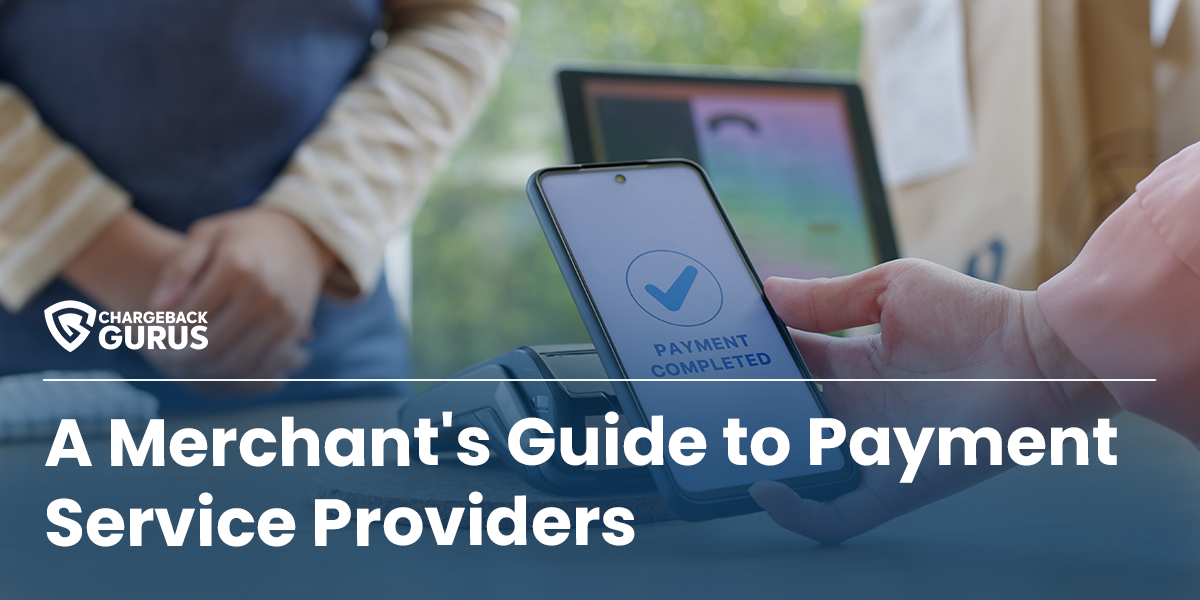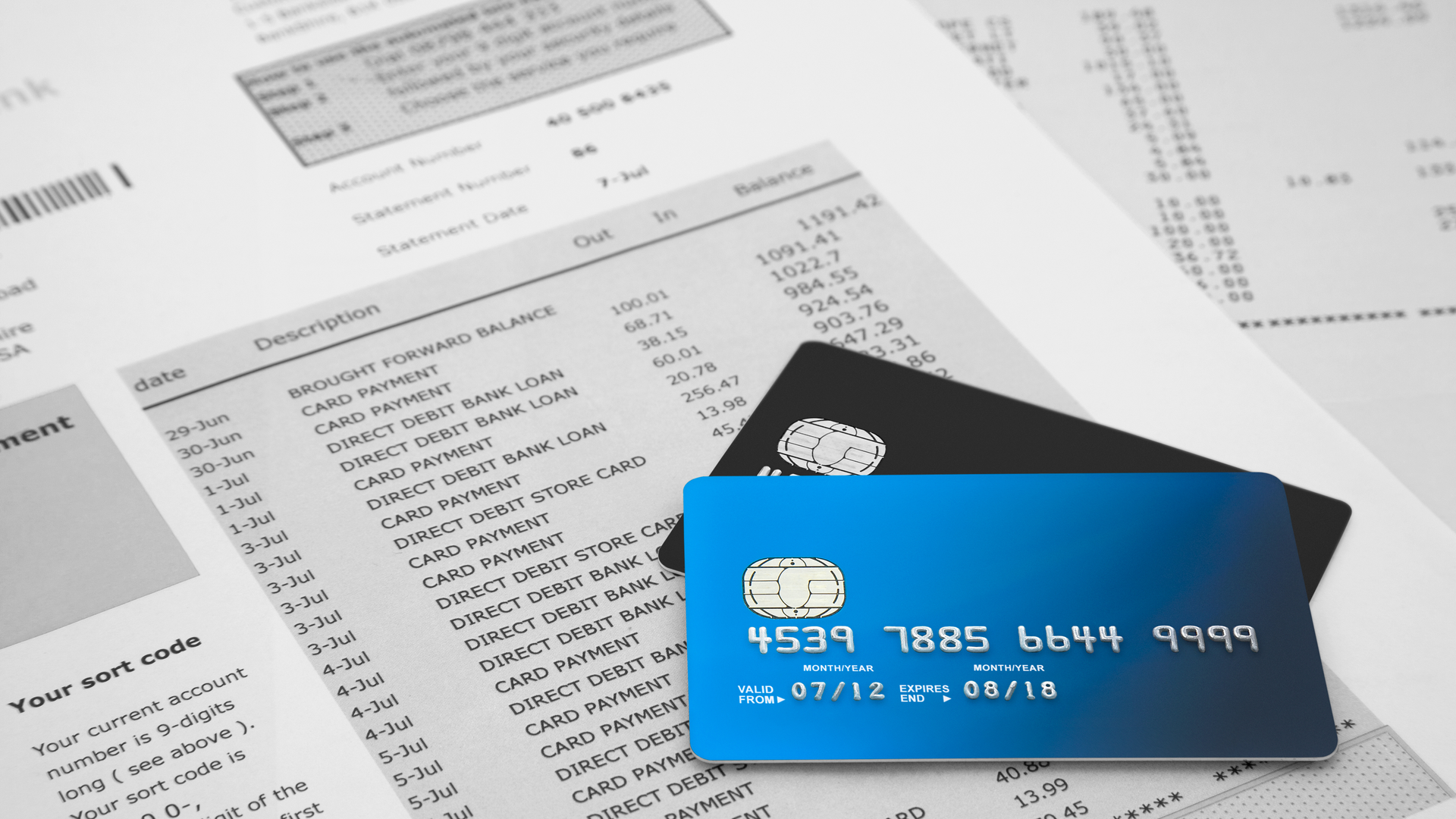Visa Monitoring Program: Avoiding Merchant Penalties
Visa has worked hard to build trust with customers and doesn’t want to harm its brand image by partnering with retailers and business owners who don’t take the integrity of transactions seriously.
That’s why they’ve developed their sophisticated Visa monitoring program that analyzes merchant accounts, calculates chargeback ratios, and disciplines merchants for exceeding the recommended threshold.
About the Chargeback Monitoring Program
To protect its brand, Visa monitors each merchant that accepts their cards and takes swift action when they believe a merchant is harming the system. The single biggest issue for Visa involves chargebacks, which is why the corporation has developed a Chargeback Monitoring Program that identifies and penalizes merchants who exceed appropriate chargeback threshold levels.
Within Visa’s chargeback program there are three distinct categories. But before dissecting each of these categories and the rules that apply to them, let’s look at the single most important metric: the chargeback ratio.
Calculating chargeback ratios
The chargeback ratio is simply the term for the percentage of a merchant’s monthly transactions that end up leading to a chargeback. The equation is pretty simple: Current month’s chargebacks divided by current month’s transactions equals the chargeback ratio.
For example, let’s say you process 2,000 transactions in a given month. In that same month you have 25 chargebacks. Your chargeback ratio for the month would be 1.25 percent. (25/2,000 = .0125)
Visa’s three chargeback monitoring categories
Let’s go back to the Visa Monitoring Program. As mentioned, there are three categories:
Global Merchant Chargeback Monitoring Program (GMCMP)
The Global Merchant Chargeback Monitoring Program – or GMCMP – is designed to reduce the frequency of chargebacks involved in international transactions. As with all of the programs, merchants are not placed into the program until they have a history of at least 200 international chargebacks.
In other words, your first 200 chargebacks are on the house. After crossing over this threshold, merchants are required to keep their chargeback ratio for international transactions below two percent for any given month.
Merchant Chargeback Monitoring Program (MCMP)
 The U.S. Merchant Chargeback Monitoring Program – almost exclusively known as MCMP – is the domestic version of the international monitoring program. Merchants are entered into the program after a minimum of 100 chargebacks and are asked to keep a ratio that’s less than one percent.
The U.S. Merchant Chargeback Monitoring Program – almost exclusively known as MCMP – is the domestic version of the international monitoring program. Merchants are entered into the program after a minimum of 100 chargebacks and are asked to keep a ratio that’s less than one percent.
High Brand Risk Chargeback Monitoring Program (HBRCMP)
The final category is the High Brand Risk Chargeback Monitoring Program – or HBRCMP – which is designed to work with high-risk merchants who have difficulty keeping chargeback thresholds in line. Merchants are placed in this program as Visa deems necessary. This program uses a one percent chargeback ratio as the base line figure.
Note that Visa also has merchant fraud programs, which are similar, yet distinct from the chargeback programs. These programs monitor merchant fraud, with merchants being admitted to these programs as they cross certain thresholds and ratios throughout the month.
Penalties and consequences for merchants
The problem with having a high chargeback ratio is that you’re entered into one of these chargeback programs and essentially placed in the crosshairs of Visa. Furthermore, your acquirer will get hit with fees. Ultimately this could end in a termination of your account if the acquirer is tired of dealing with your fees and issues.
If your account is terminated, this eliminates your ability to process credit card payments and may land your name on the dreaded MATCH list, which stands for Member Alert to Control High Risk Merchants.
The problem is that these chargebacks are often unfair or wrongly blamed on you. Regardless, your acquirer may not want to spend time playing the blame game. They want their merchants to be quiet and submissive. Sound familiar?
Prevent common chargeback codes
The only thing you can do is proactively attempt to prevent chargebacks by understanding what the most common Visa chargeback codes are and what can be done to avoid them. While you can read about all of the common Visa codes by checking out this previous blog post, let’s briefly mention the most popular code: Visa Chargeback Code 30.
Visa Chargeback Code 30 refers to “Services Not Provided or Merchandise Not Received.” These chargebacks almost always stem from (a) the cardholder not receiving the goods or services they purchased, or (b) the merchant’s failure to ship the goods or services as promised.
Assuming you’re an honest merchant who keeps accurate records, you can quickly look to see if the order was shipped and/or delivered. If there was a delay or mistake, own up to this mistake as quickly as possible and notify the cardholder. If you’re positive that the item was shipped, then it becomes time to fight for your rights and investigate the situation. In the future, the best way to prevent Visa Chargeback Code 30 is to tighten up record keeping and pay for better shipment tracking technology.
Thanks for following the Chargeback Gurus blog. Feel free to submit topic suggestions, questions or requests for advice to: win@chargebackgurus.com




